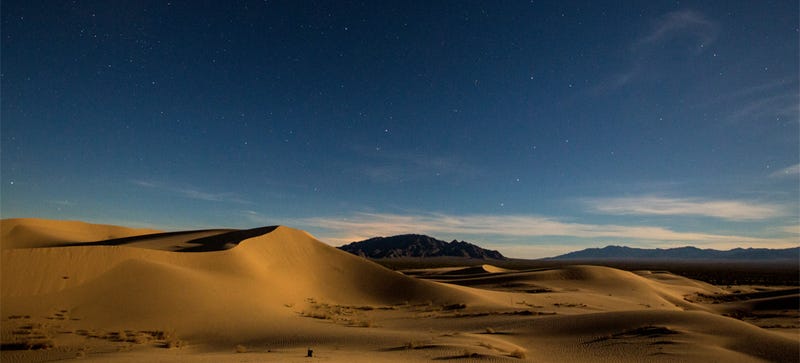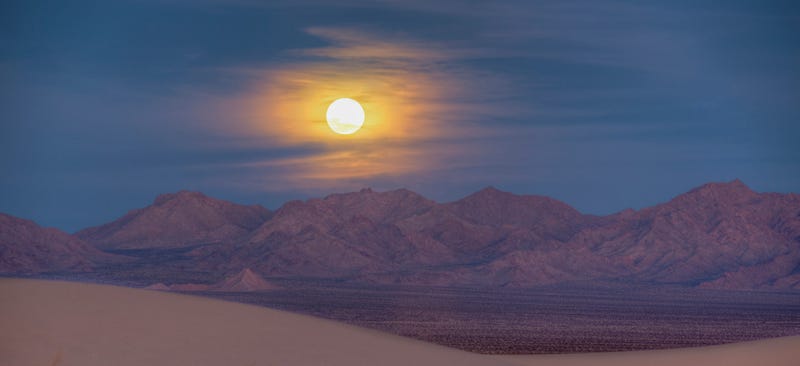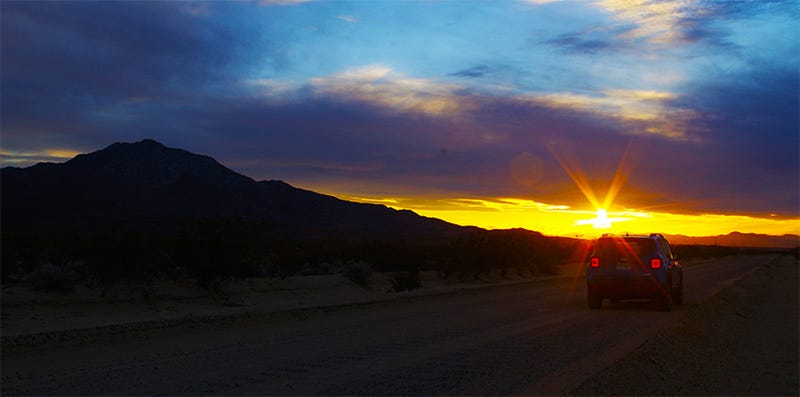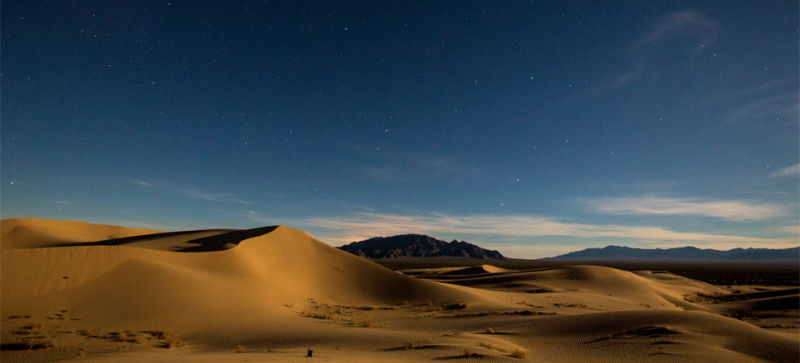
On Friday, President Obama designated three new national monuments in the California desert totaling almost 1.8 million acres. That’s a whole lot of space that includes off-road driving areas and a chunk of historic Route 66. Let’s take a look at what this new designation actually means.
A national monument is “land or historical place that’s been protected by Congress through legislation or by the president through the use of the Antiquities Act” and managed by the National Park Service, U.S. Forestry Service, U.S. Fish And Wildlife Service or Bureau of Land Management (BLM), as The Wilderness Society explains.
In 1906, the United States’ 26th president, Theodore Roosevelt, created the Antiquities Act to give the commander in chief unilateral authority to mark places and things that the government owns as “protected,” thus preserving their current condition.
Advertisement
The Grand Canyon is a national monument. So is the Statue of Liberty. Today, there are more than 100 national monuments all over the country.
President Obama exercised his privilege to the Antiquities Act on Feb. 12 with the support of conservation groups and U.S. Senator Dianne Feinstein, who has been trying to get these parts of California protected for a decade, according to The LA Times. The paper also tells us the Obama Administration has protected more land than any other—more than 265 million acres in total.
Sponsored

What and where exactly is protected? The White House Press Office breaks it down beautifully for us:
Mojave Trails National Monument: Spanning 1.6 million acres, more than 350,000 acres of previously congressionally-designated Wilderness, the Mojave Trails National Monument is comprised of a stunning mosaic of rugged mountain ranges, ancient lava flows, and spectacular sand dunes. The monument will protect irreplaceable historic resources including ancient Native American trading routes, World War II-era training camps, and the longest remaining undeveloped stretch of Route 66. Additionally, the area has been a focus of study and research for decades, including geological research and ecological studies on the effects of climate change and land management practices on ecological communities and wildlife.
Sand to Snow National Monument: Encompassing 154,000 acres, including just over 100,000 acres of already congressionally-designated Wilderness, Sand to Snow National Monument is an ecological and cultural treasure and one of the most biodiverse areas in southern California, supporting more than 240 species of birds and twelve threatened and endangered wildlife species. Home to the region’s tallest alpine mountain that rises from the floor of the Sonoran desert, the monument also will protect sacred, archaeological and cultural sites, including an estimated 1,700 Native American petroglyphs. Featuring thirty miles of the world famous Pacific Crest National Scenic Trail, the area is a favorite for camping, hiking, hunting, horseback riding, photography, wildlife viewing, and even skiing.
Castle Mountains National Monument: The Castle Mountains National Monument is an integral piece of the Mojave Desert with important natural resources and historic sites, including Native American archeological sites. The 20,920-acre monument will serve as a critical connection between two mountain ranges, protecting water resources, plants, and wildlife such as golden eagles, bighorn sheep, mountain lions and bobcats.
Thinglink has a great interactive map detailing these areas.
These places were (are) wide open dusty spaces criss-crossed with dirt and paved roads that people were allowed to hike, horseback, mountain bike, camp, hunt, and even off-road in before Obama’s re-designation on Friday.
So what can you do there now?
Advertisement
Actually, all the same stuff. Well, maybe with more antelope around, which the National Parks Conservation Association’s Director of California Desert and Wildlife Programs David Lamfrom is looking forward to.
“We’re already in discussions with federal wildlife authorities,” he told The LA Times, “about taking the next step: reintroducing species of a bygone era, starting with pronghorn antelope.”

Anyway, you can’t take your truck and go hog-wild all over the joint, but those rules were already in place. If that’s your pleasure, the Johnson Valley Off-Highway Vehicle playground is just down the road.
National monument status does not include provisions for extra funding, so law enforcement and maintenance and services probably won’t change in these areas either.
The point of the Antiquities Act isn’t to shut down and sterilize government land; it’s to preserve the current state of things. So while the new designation of Mojave Trails, Sand To Snow and Castle Mountains might sound ominous for outdoor adventurers, it’s actually the total opposite. Now, we don’t have to live in fear of this land being swallowed up by the military or mining operations which are constantly threatening to consume SoCal’s desert off-road parks.
There’s not much risk of overpriced condos or malls consuming the 1.8 million acres we’re talking about here, there’s a whole lot of nothing between Los Angeles county and Arizona. But nevertheless, outdoor enthusiasts and even off-roaders should be stoked about this development. Heck, it sounds like we’d be lucky to have more off-highway vehicle parks designated as national monuments.

If you’re local to Southern California, get out to some of these amazing places and take a look at what your government’s keeping safe for you. It’s beautiful out there!
Images via the author, The BLM
Contact the author at andrew@jalopnik.com.













